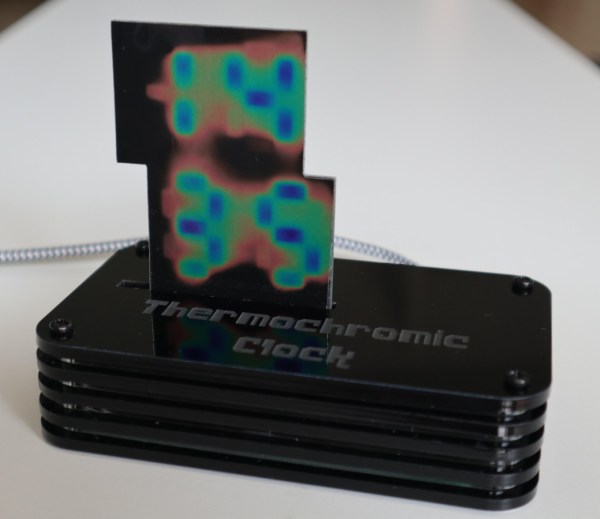We’ve been seeing a lot of metaclocks lately — a digital clock whose display is formed by the sweeping hands of an array of individual analog clocks. They can look fantastic, and we’ve certainly seen some great examples.
But in this time of supply pinches, it’s not always possible to gather the parts one needs for a full-scale build. Happily, that didn’t stop [Erich Styger] from executing this circular multi-metaclock with only thirteen of his custom dual-shaft stepper analog movements. Normally, his clocks use double that number of movements, which he arranges in a matrix so that the hands can be positioned to form virtual seven-segment displays. By arranging the movements in a circle, the light-pipe hands can mimic an analog clock face, or perform any of [Erich]’s signature “intermezzo” animations, each of which is graceful and engaging to watch. Check out a little of what this charmingly recursive clock has to offer in the video below.
[Erich] could easily have gotten stuck on the original design — he’s been at this metaclock game for a while, after all. The fact that the reduced part count forced him to get creative on the display is the best part of this build, at least to us.
Continue reading “Parts Shortage Forces Creativity For This Recursive Clock Of Clocks”

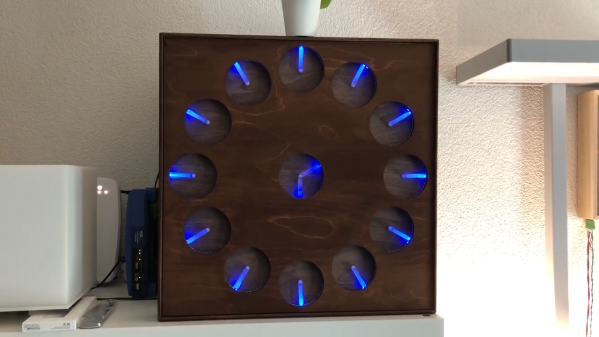
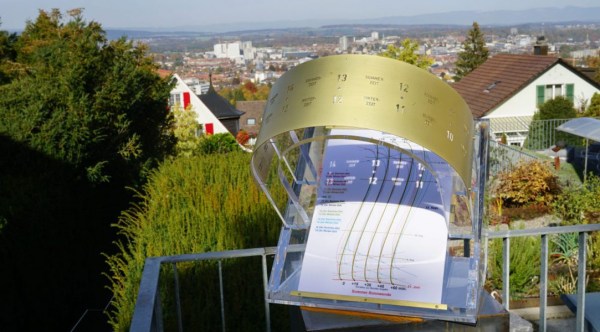
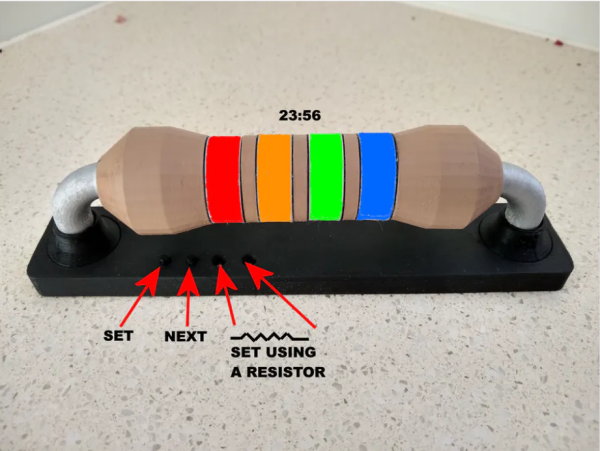
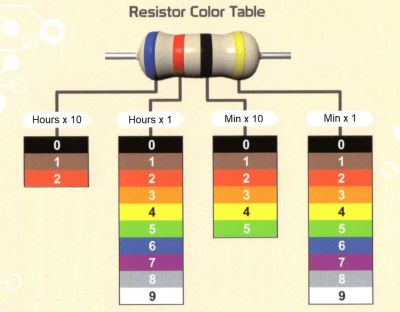 Each of the four bands represents a digit in the standard HH:MM representation of time, and for anybody well-versed in resistor codes this is sure to be a breeze to read. The clock itself was designed by [John Bradnam]. It’s body is 3D printed, with RGB LEDs to brightly illuminate each segment. The whole thing is controlled by an old favorite – an ATtiny, supported by a Real Time Clock (RTC) chip for accurate timekeeping.
Each of the four bands represents a digit in the standard HH:MM representation of time, and for anybody well-versed in resistor codes this is sure to be a breeze to read. The clock itself was designed by [John Bradnam]. It’s body is 3D printed, with RGB LEDs to brightly illuminate each segment. The whole thing is controlled by an old favorite – an ATtiny, supported by a Real Time Clock (RTC) chip for accurate timekeeping.
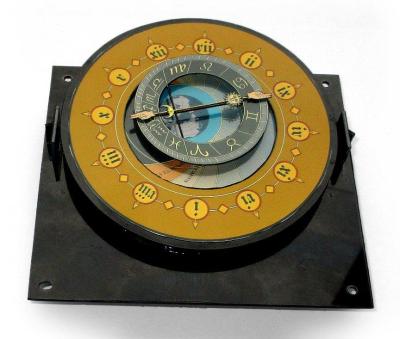
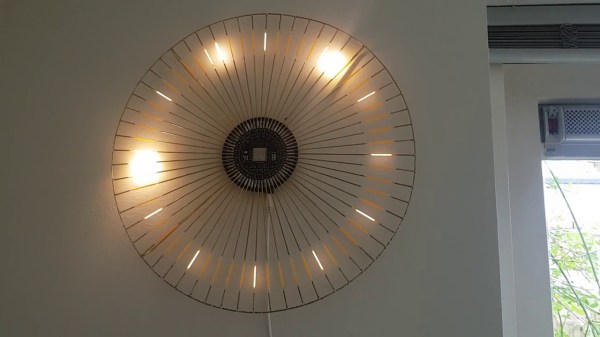
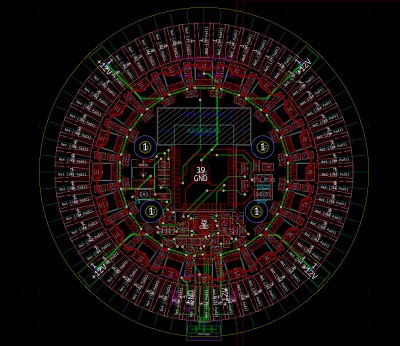 WS2811 LED controllers, which we’re so accustomed to seeing alongside RGB LEDs that they almost feel strange to see here, provide the 12 volts required for each filament and make individual addressing a breeze.
WS2811 LED controllers, which we’re so accustomed to seeing alongside RGB LEDs that they almost feel strange to see here, provide the 12 volts required for each filament and make individual addressing a breeze.